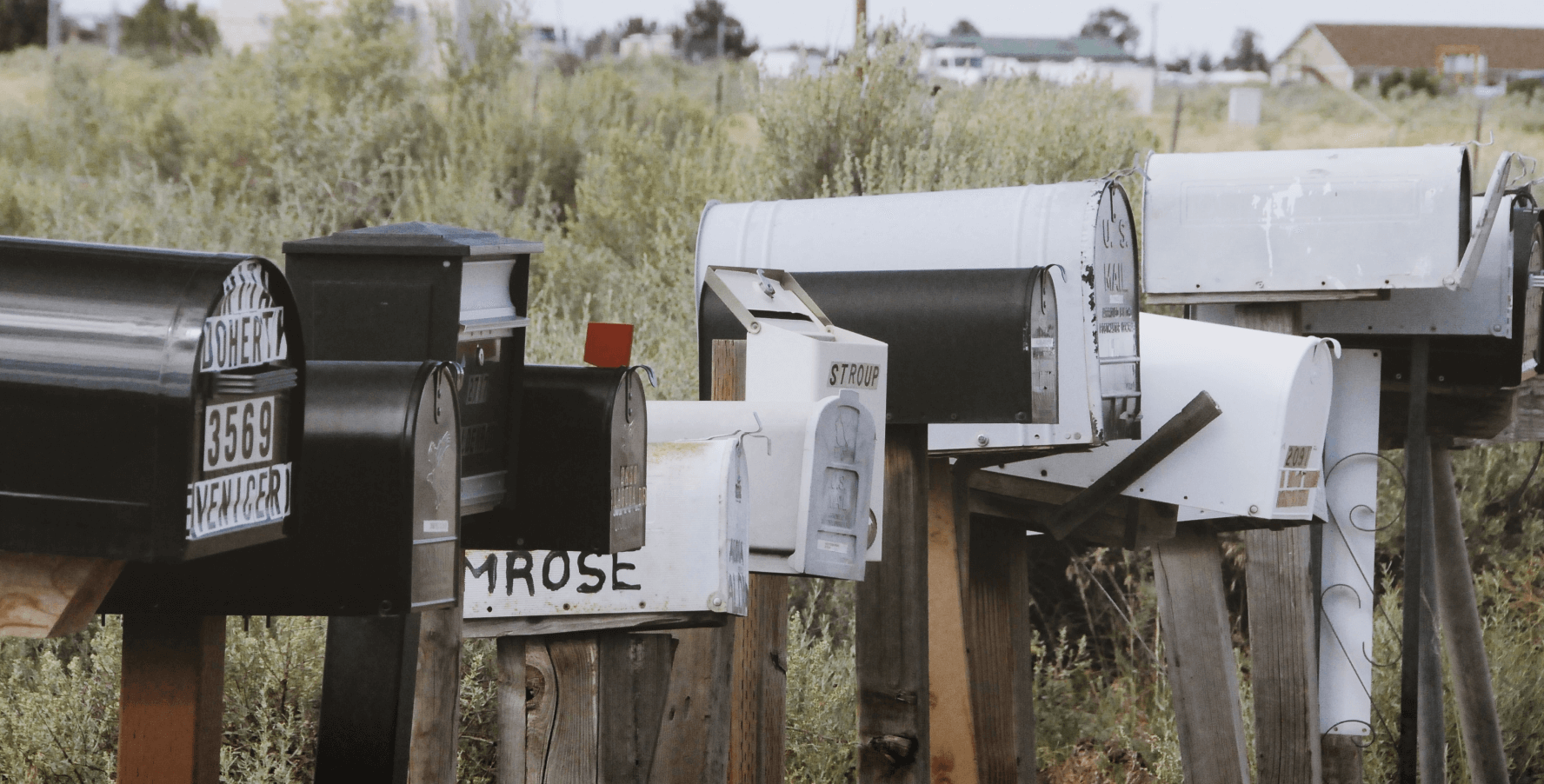
Boost your fundraising process with this proven tool: the investor newsletter
August 17th, 2022
Are you a founder looking to raise Seed capital for your startup? Then, you’ve likely already pitched your idea only to hear: “It’s not the right fit for us right now, but keep us posted on how you develop.” You know there’s a chance the investor did mean what they said and that keeping them posted could yield positive results in the future.
Other founders know that too. Investors are contacted daily by founders looking to keep the conversation going, to stay “top-of-mind”. They receive many emails telling them about how awesome startup X or Y is.
Let’s face it: it is very difficult to stand out in this telling business.
So, instead of telling, here’s another way.
Stop telling and start showing.
Don’t send personal follow-up emails to investors.
Instead, use the golden rule of pitching: “show don’t tell.” Stop telling your leads how cool your project is, and start showing them.
In the words of Brad Feld, early-stage investor and entrepreneur:
I don’t want to hear you describe what you are going to do, I want to see it. Or – if it’s not built yet, see an example of it.
So, how do you start showing sceptical investors that they’re missing out big time by not investing in your startup?
Enter: the investor newsletter
You’re planning on sending a newsletter to your base of prospects and customers once your product is up and running, yes?
Yes! In the age of short attention spans and social media, building your emailing list and nurturing it is key.
Now, why not do the same with investors? As with your customers, they also hold something you’re after – attention, interest, money. They also need to trust your company to take action. And, they’re also an audience with which you want to build a long-term relationship.
“But, we’re a bootstrapped startup and time is scarce!”
We hear you. We still believe an investor newsletter is worth the time and effort. Here are four benefits that’ll make the time invested worth it:
- It’s the perfect opportunity to show, not tell, that:
- You’re a real business – organised, reliable, professional
- You already have some good marketing practices and processes in place
- You value the investors, so much you find the time to create a newsletter just for them
- It’s a short and sweet way to help investors know more about your company and fall in love with it
- You’ll stand out from the crowd of random follow-up emails
- And, you’ll stay top-of-mind through regularity
So, what makes a great investor newsletter?
Glad you asked!
Just like a customer newsletter, an investor newsletter follows some common rules:
Short.
Keep it short so you don’t exhaust your readers’ attention span. Plus, it will show them you respect their time.
On-brand.
A brand will differentiate you from the other startups and signal you’re a business, not a project. Show your branding visually through stellar UI design and a consistent tone of voice.
On point.
Tell them what they want and need to hear. So, pictures of your dog in the office, why not, but only if it brings something to the conversation.
Consistent.
Last but not least, choose a frequency and never miss an iteration. Consistency is what will show (and not tell ;) ) that you’re professional and reliable enough to deserve their sweet money.
And here are a few ways to boost your newsletter:
- Start by building your mailing list. Develop the practice of asking investors if they’d like to join your mailing list when you meet them or after you’ve pitched to them.
- Go for a monthly newsletter versus bi-monthly or weekly to not overwhelm yourself. You will also have more interesting news to share in each newsletter if there’s more time between each iteration.
- Send it on the same day. This is common practice for newsletters because it builds consistency and trust with the audience. As for any relationship, consistency in communication and behaviour is key to success.
- Use a mailing tool to track how your newsletter performs. Open rates can be a good indicator of the performance of your subject line. Unsubscribe rates can inform you about the relevance of your topics. And click-through rates will show you the audience’s interest in the links you share.
- Use a CRM tool (Notion will get you going with their template) to follow and nurture every relationship. Sending a newsletter doesn’t mean you can’t send an ad-hoc personalised email to the most engaged subscribers (e.g. those who didn’t unsubscribe after receiving a few of your newsletters). Your CRM tool will help you stay on top of all interactions and move forward with your fundraising pipeline.
Take the jump.
No idea where to start? No worries, here’s a structure that can help you get going.
- An opening to welcome the reader and remind them of who you are. This is a great spot for your one-liner pitch.
- Status on your key KPIs, including traction. This is key to showing investors how well your startup is already doing.
- Any wins you’d like to share such as a new partnership, press coverage, or a new milestone in the development of your app.
- Your financing timeline and key asks
- Closing with a CTA, for example, a link to a prototype
- Your contact details and any social media links
There are as many structures as there are companies. The essential thing here is to always keep in mind the value you bring to the reader.
Create a newsletter that shares your advancements and traction, with a professional design, and it’ll automatically show your company is ready for the next level.
Yes, it’ll take a bit of setup time initially, but once you’re rolling, it’ll become a semi-automated part of your startup’s ops.
And the upside can be incredible – we’ve heard of founders securing funding without having to pitch. The newsletter did the work for them – it showed so they didn’t have to tell.
Here’s to your next fundraising round! 🚀

Oumnia El Khazzani
Marketing Manager
SlowLettuce | Copyright 2026


